They say you either love it or hate but if you are in Florence, the most iconic and classic cocktail that you must try is the Negroni. And for those of you that are already fans then you will have been in your element this year as Negroni has been celebrating its birthday. Not just any birthday by the way, but an impressive centenary milestone!
Before we talk about what particular ingredients go into making a classic Negroni, it’s important that we take a look back in history to the origins of the cocktail in Italy and share its story about how it came to be created in the beautiful city of Florence.
Let’s go back to the mid-1800s, when the very first and most popular cocktail drank at this time in Italy was known as a Milano-Torino or MiTo which took its name from the origin of the two main ingredients, Campari from Milan and Vermouth from Turin. This cocktail was born at the dawn of Italian mixing, around the second half of the 1800s.
Vermouth was created in 1786 by Antonio Benedetto Carpano in his workshop under the arcades of Piazza Castello in Turin, after years of attempts to achieve the perfect blend from an infusion of herbs to which he added a dash of white wine. Vermouth then became not only an excellent aperitivo but also the symbol of Turin.
Campari was then invented in 1860 by Gaspare Campari in Novara. He had travelled to Piedmont to learn the distillation of liqueurs, together with his son. It was originally coloured with carmine dye, derived from crushed cochineal insects, which gave the drink its distinctive red colour and a mixture of 60 ingredients starting from an infusion of aromatic herbs, alcohol, fruits and water. He then launched his new bitter aperitivo, an adversary of Vermouth, the Bitter Campari in his bar, “Il Camparino”. In 1904, Campari’s first production plant was opened in Sesto San Giovanni, near Milan, Italy.
Vermouth and Campari thus become the most widespread alcoholic beverages of the period and from their union came the most known and consumed cocktail in all the bars of young Italy. The fame and demand of the Milano-Torino lasted a long time, or at least until the advent of the Americano in the early twentieth century. This was made with Vermouth, Campari and the addition of soda thus making the drink lighter and more acceptable. This became a new favourite of the Italians, even though the name ‘Americano’ and not ‘cocktail’ was given to all mixed drinks in Italy at this time as most of the most well-known barmen came from New York.
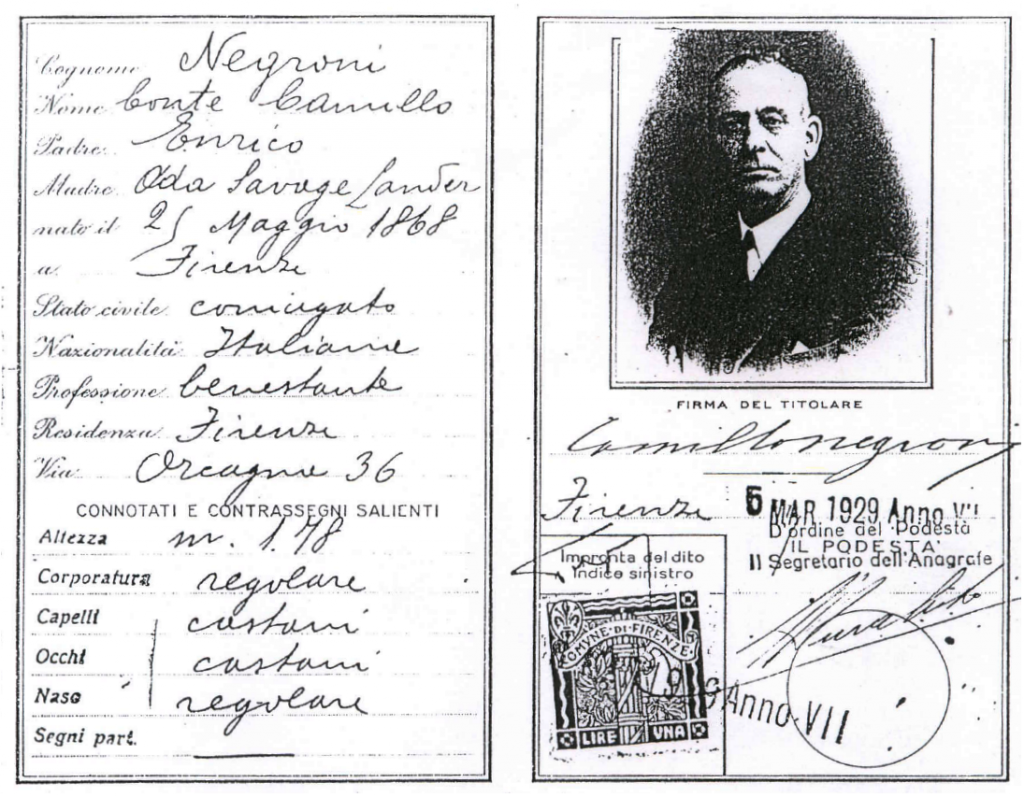
In the early 1900s, the cafe-bar was the place in Florence where important and international people would meet. Count Camillo Negroni, a local noble, also known to be a bit of a rebel, could often be found at Caffè Casoni in Via de ‘Tornabuoni. (which later became Giacosa, the famous Roberto Cavalli cafè and which has since sadly been closed and turned into a designer fashion boutique). The Count also spent a lot of his time travelling around Europe and America. Legend says that he travelled to the US becoming an “adventurer, cowboy, banker and riverboat gambler in the Wild West!”
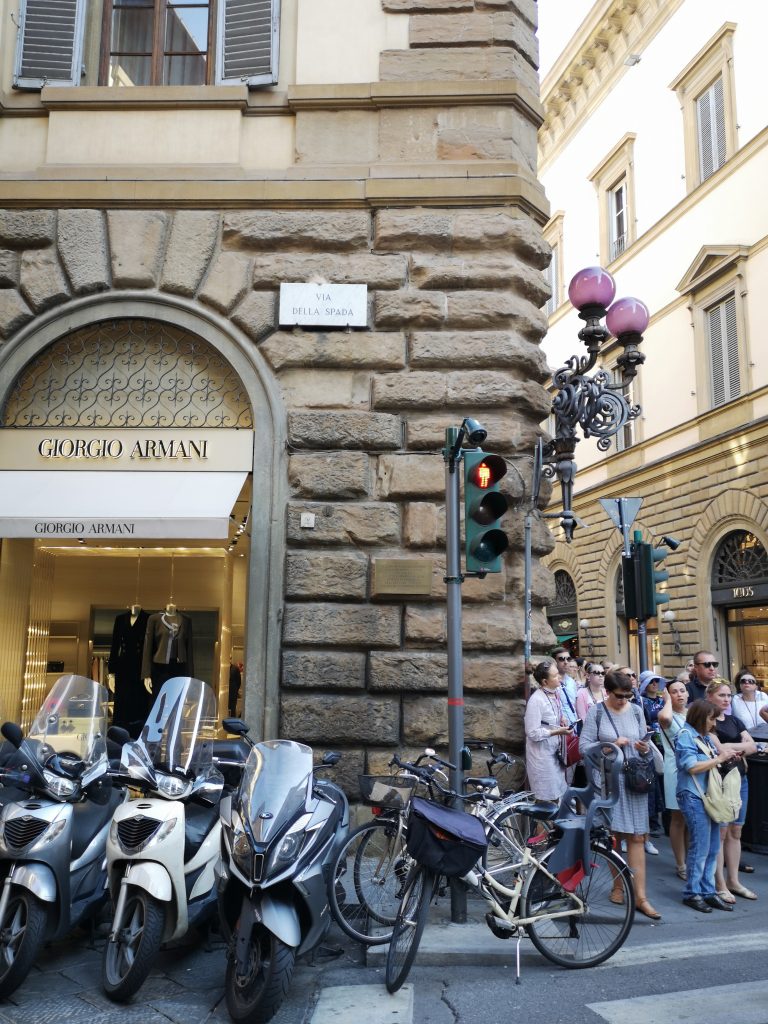
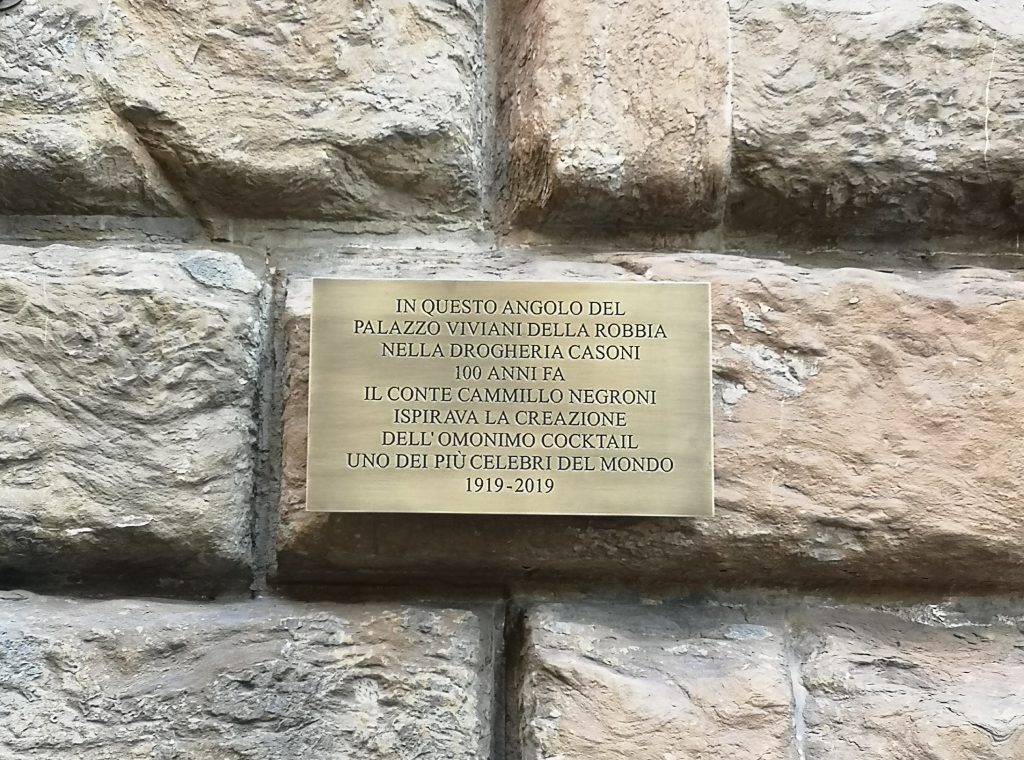
During his travels to London, he discovered a love for Gin and upon his return to his native Florence, while frequenting his favourite bar, he asked barman Fosco Scarselli to make his usual Americano stronger by adding some gin to the mix. He was tired of the usual American’s happy hour cocktails still composed by Vermouth and Bitter Campari. This new drink became the Count’s favourite and credit must also be given to the barman, Scarselli who recorded the drink and added it to the menu thus ensuring it had a place in Florentine history. The count, being a very influential character, was copied by many of the other visitors in the bar which made the drink immediately successful, and so, since then, that drink became for the other clients of Caffè Casoni, the Americano “in the Count Negroni’s way”, then eventually just simply called a Negroni.
Negroni is now considered to be one of the most famous cocktails in the world and has been described as a long drink in a short glass.
Over the years, there have been many variations of the Negroni created and added to the cocktail menu with ingredients swapped for everything from bourbon to prosecco. Here’s how to make the classic Negroni, some popular variations, as well as the latest Negroni creations from a few of our favourite barmen in Florence.
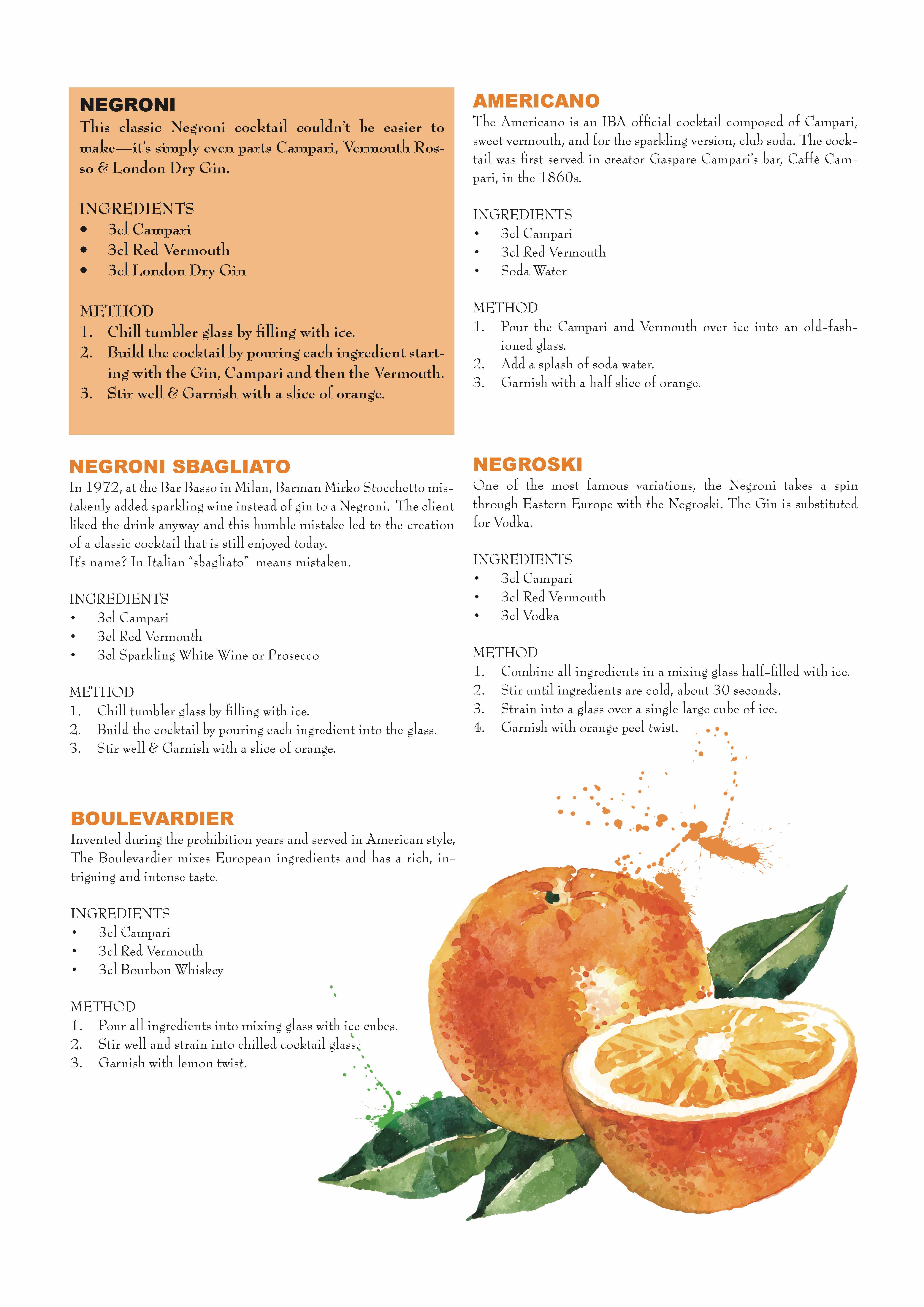
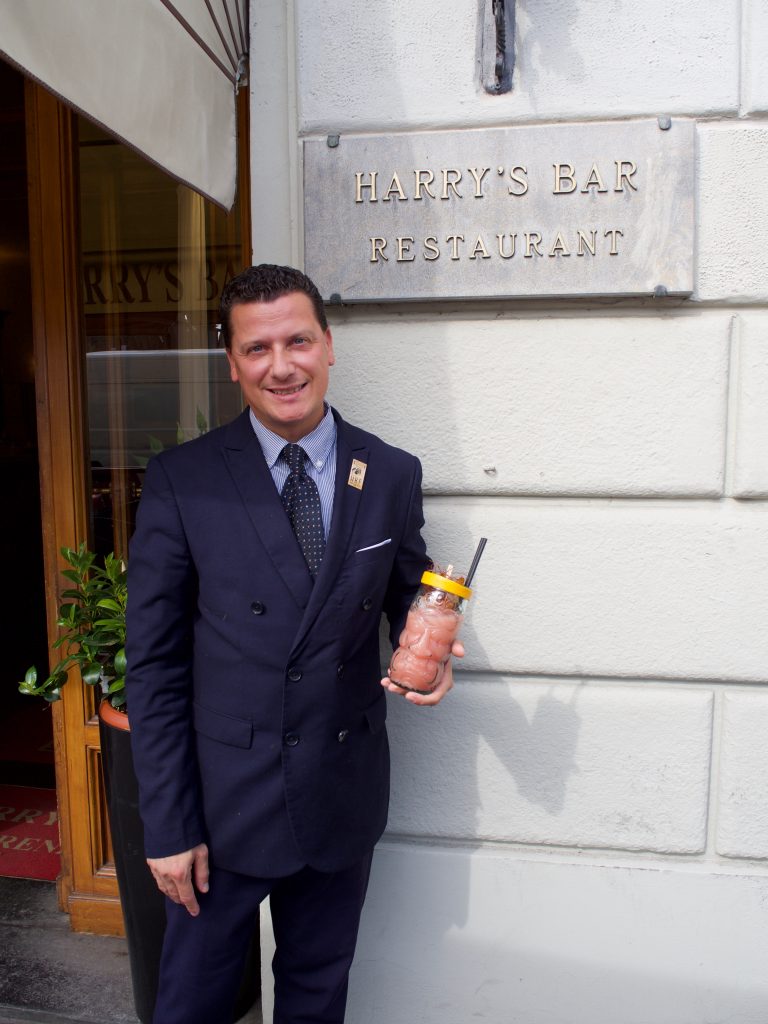
Our first interpretation of the Negroni is by Thomas Martini from HARRY’S BAR Firenze.
The Tiki Negroni is Thomas Martini’s personal interpretation of the classic cocktail, made with White Bacardi Rum and Falernum (a syrup of almond milk with mint and ginger), it is inspired by Donn Beach, the beachcomber, adventurer, bartender and the “founding father” of tiki culture during the fifties.
Thomas has worked at the famous Harry’s Bar in Florence for the last seven years after previously working at some of the best hotels and bars in Italy.


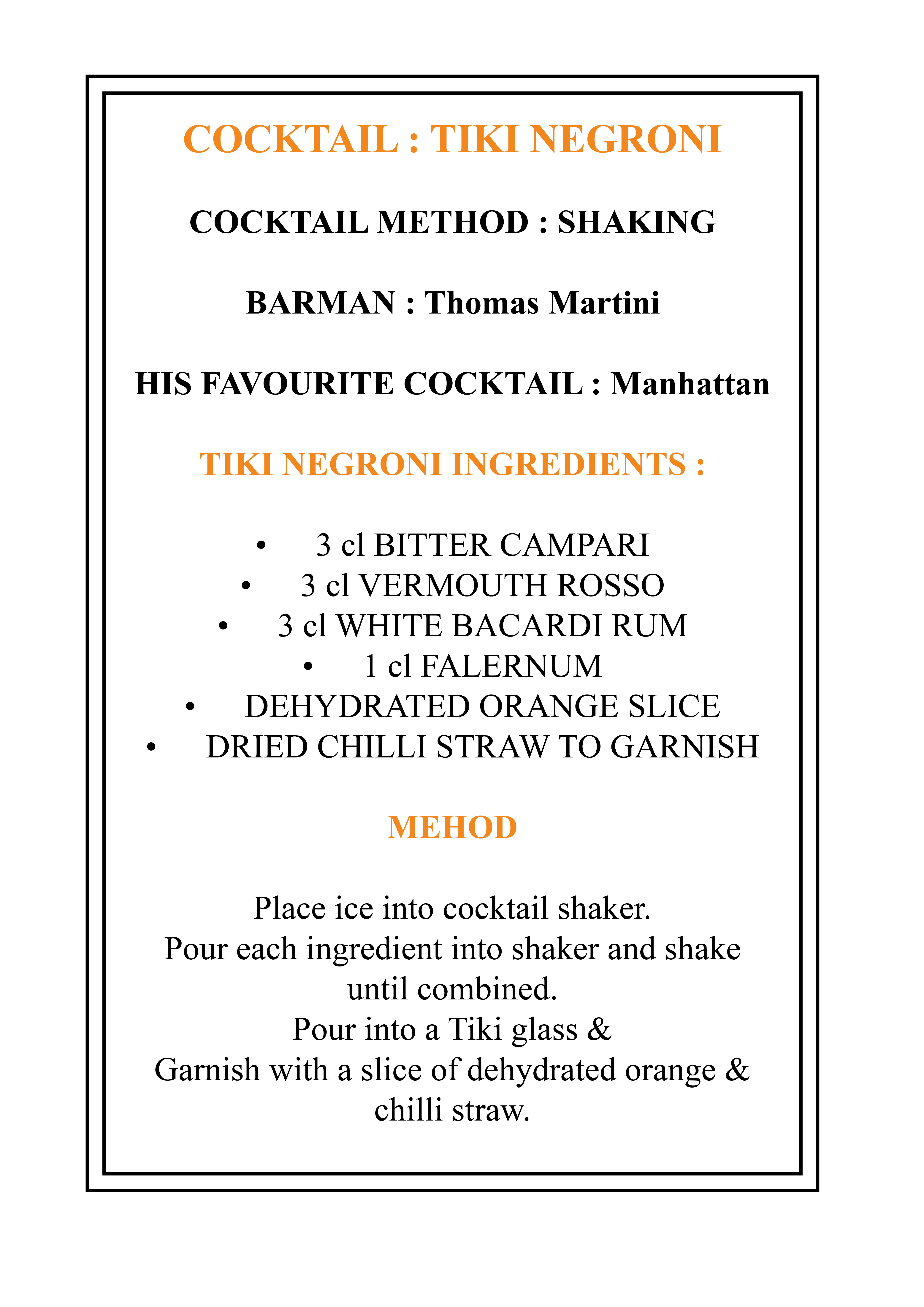
Our next Negroni is by IL LOCALE.
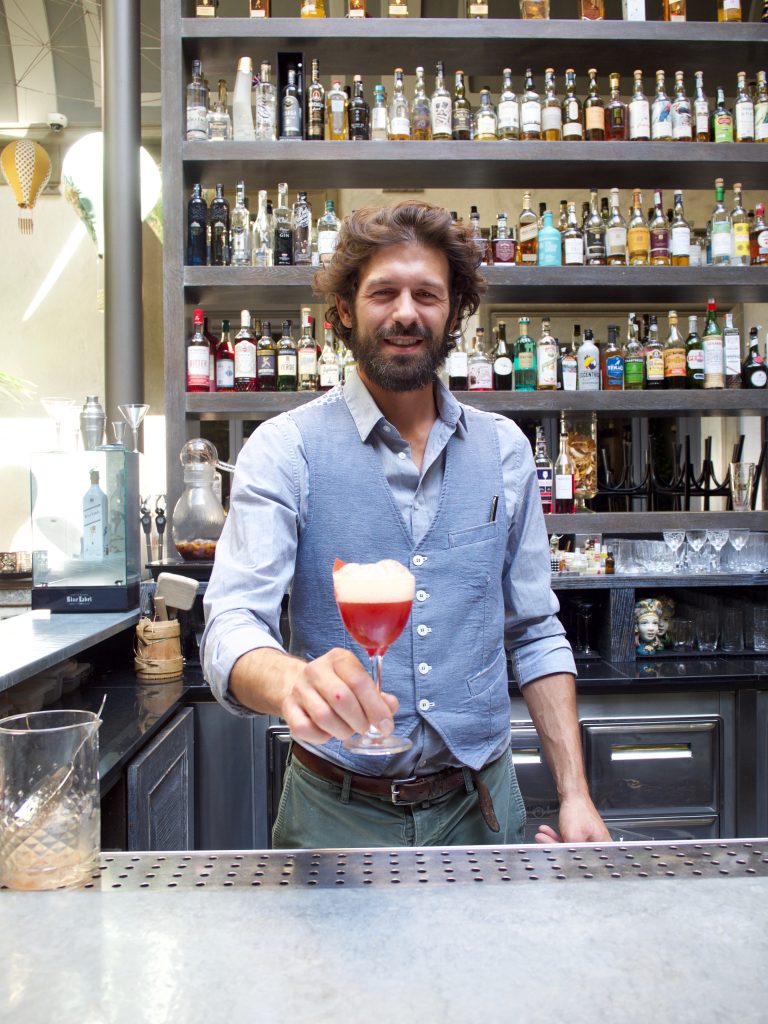
Matteo Di Ienno grew up in Florence, literally behind his mother’s bar where he admired the way she interacted with her customers and decided that he also wanted to become a barman. After working in a few bars around Florence he decided that he wanted to learn English, and so moved to London where he worked at Browns Hotel for a year, before returning to Florence to work at the Four Seasons bar. After three years he moved again but this time to New York for a short while and then back to London to work at The London Edition hotel. While here he heard about the opening of Locale and decided to move back to his hometown. The Locale bar and restaurant are located in a historic medieval palace and their current drinks list is inspired by the simple yet original concept of Italian gestures. Matteo’s version of the Negroni is quite simply called ‘Silenzio’.
“Sometimes a Gesture is worth a thousand words!”


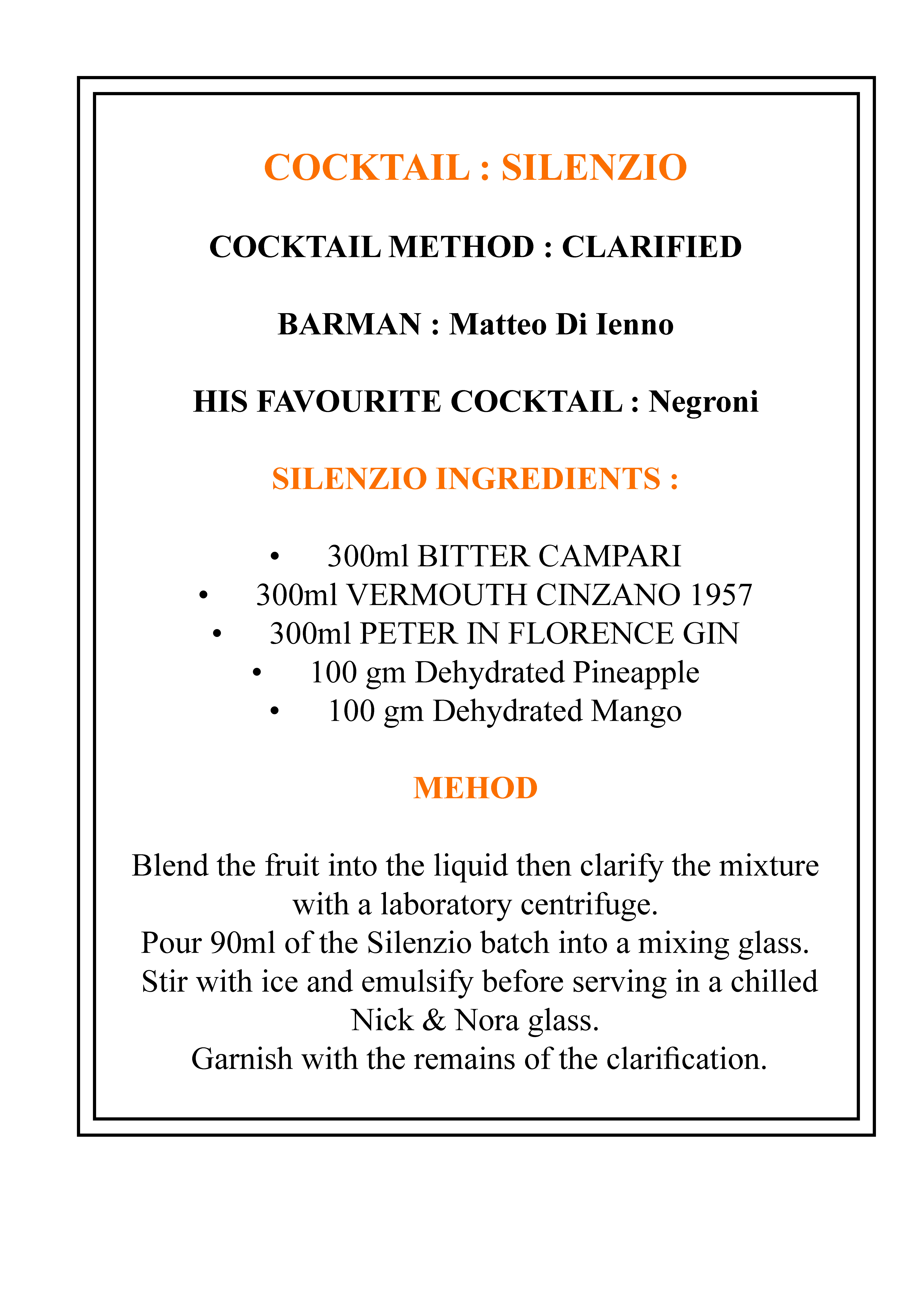
Next up we have the Nigruni cocktail, created by Jacopo & Marco from ITALIAN TAPAS. This cocktail was created during the FUORI TASTE festival two years ago when Italian Tapas decided to collaborate with ROSSA Sicily, a Sicilian company who specialise in making an ‘amaro’ or bitter liqueur called Etna Bitter from the famous blood oranges of Sicily, known as “Arancia Rossa di Sicilia IGP”
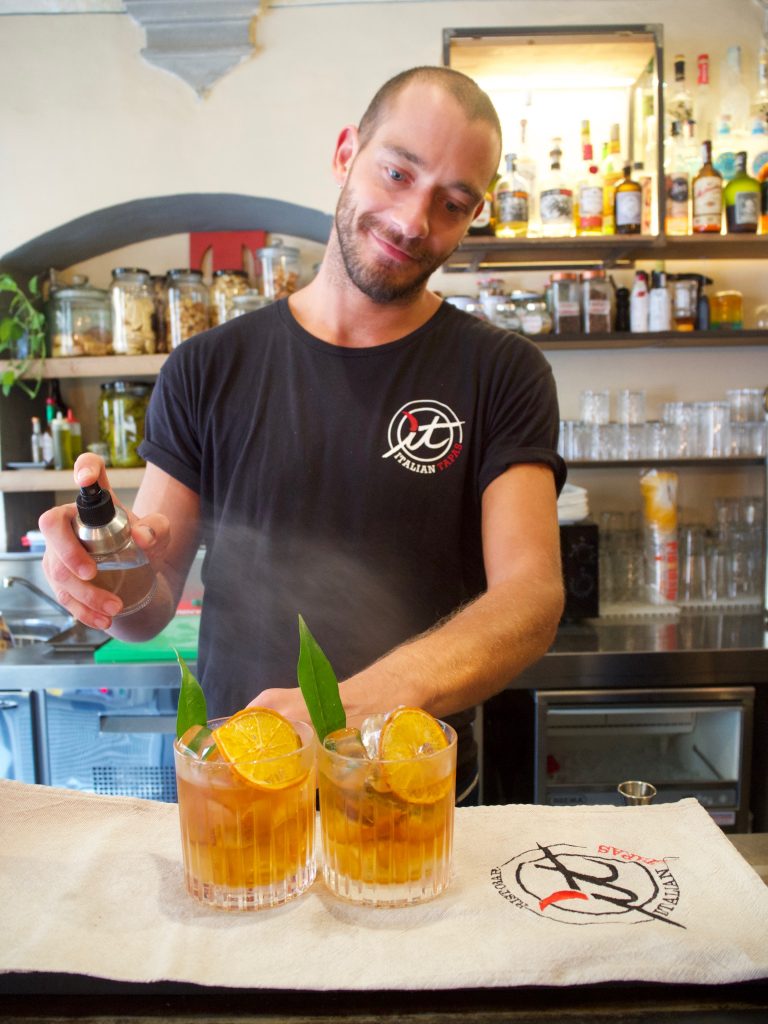
This Sicilian inspired version of the Negroni, called Nigruni is garnished with a dehydrated slice of orange and a spray of Orange Blossom essence, providing the perfect mix of orange for all the senses!
Brothers Marco and Matteo Laporta opened Italian Tapas three years ago creating the perfect location on the Oltrarno (other side of the Arno) to enjoy a really good quality aperitivo and or dinner. A modern menu is also accompanied by an excellent wine list and craft beers. Barman Jacopo Tacchinardi brings his many years of experience working the bar to complete this young and successful team.
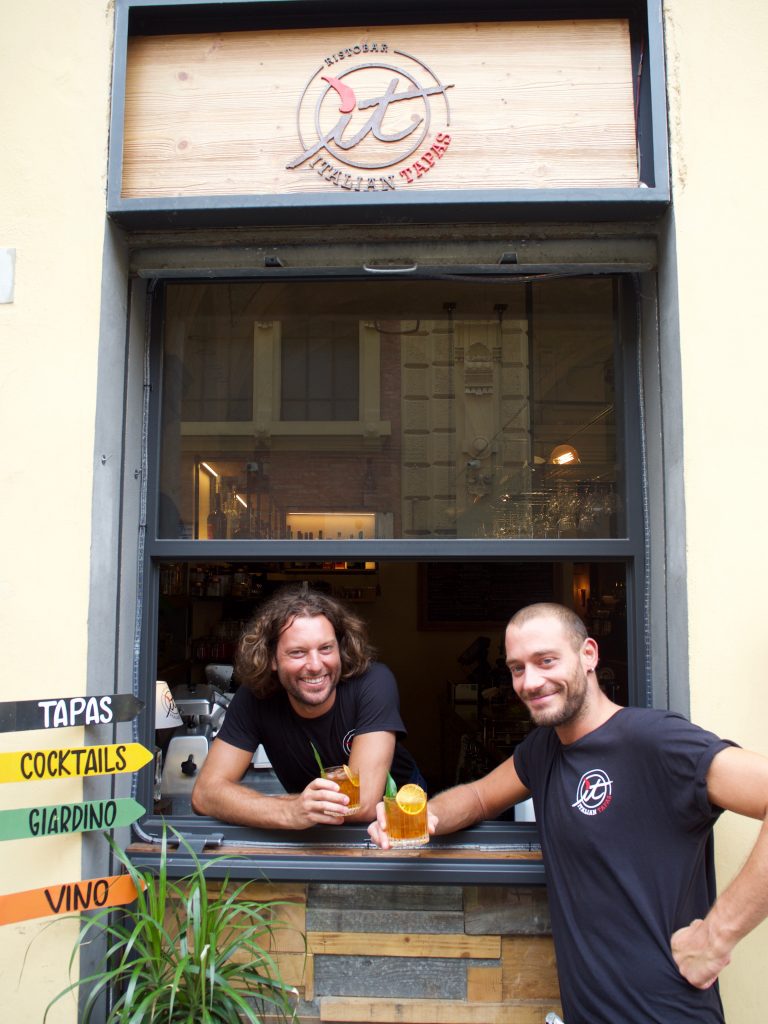
Matteo & Jacopo from Italian Tapas 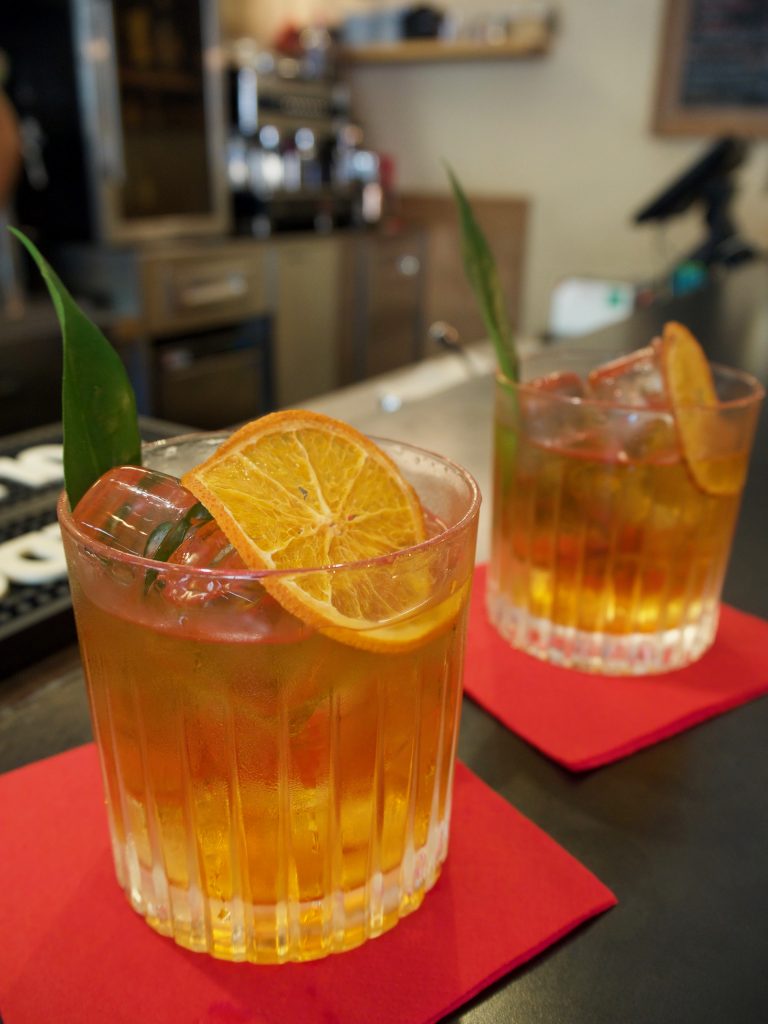
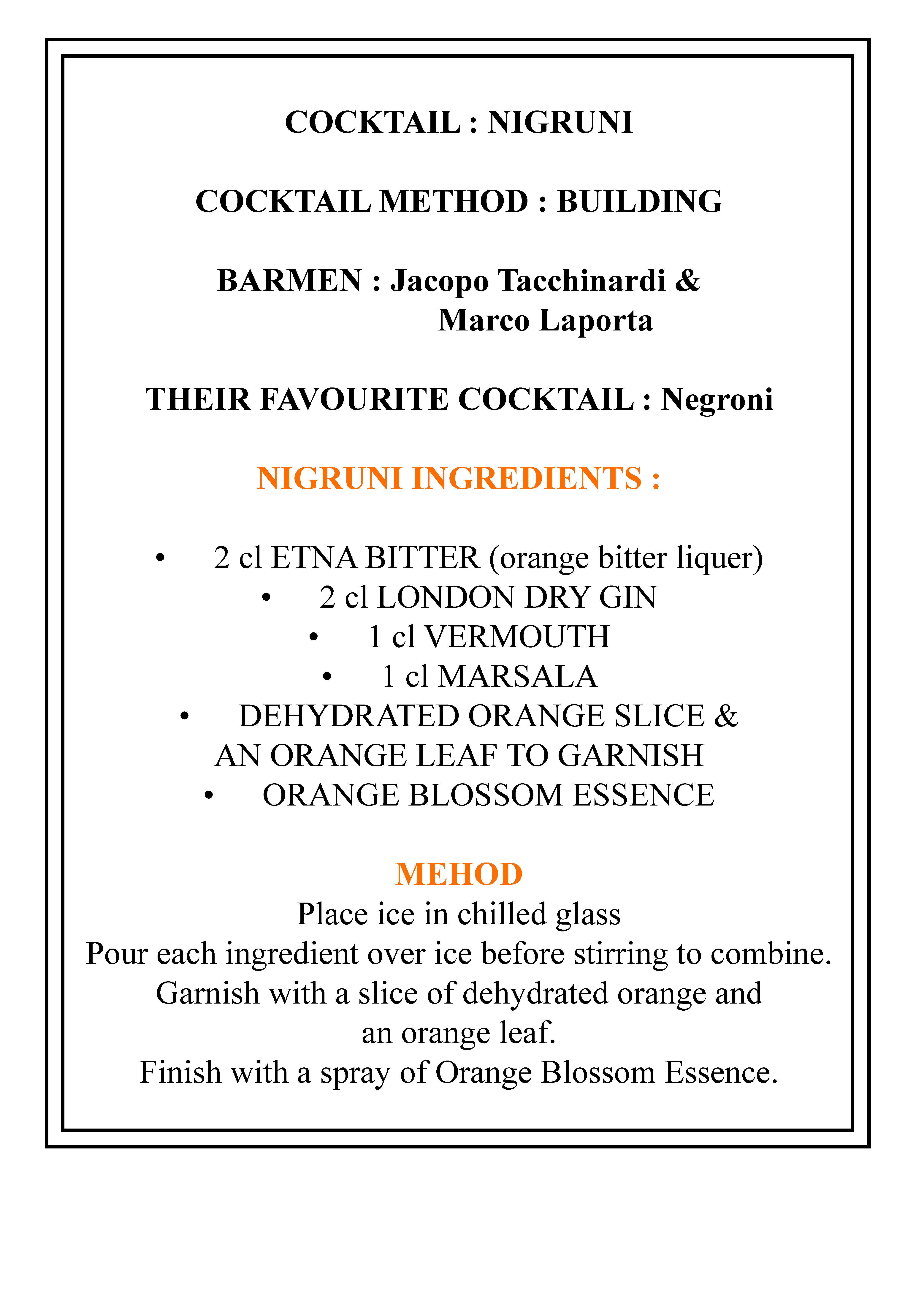
Last but not least – A bestseller at The Fusion Bar and Restaurant, the Fusion Negroni doesn’t stray far from the original, staying loyal to the important characteristics of the classic. It was created to reflect the union of South American cultures, specifically Peru and to also give the drink an Oriental (Ki No Gin) and exotic note (exotic Vermouth*). Garnished with a bamboo leaf and a shaved slice of pink grapefruit zest, the Fusion Negroni is served in spectacular fashion, smoked inside a specially made glass cone, making an impressive scene as it is served. The seemingly invisible cubed ice-block inside the glass is also the result of many hours of work as it is cut by hand for each drink from a huge slab of ice, created in-house.
Barman Sacha Mecocci comes to The Fusion Bar & Restaurant with an impressive curriculum including historical Florentine bar Rivoire, Cafe de Paris & Pint of View to name a few. His extensive travels around perfecting his barman techniques then led him to open his own bar & mixology school in Tuscany.
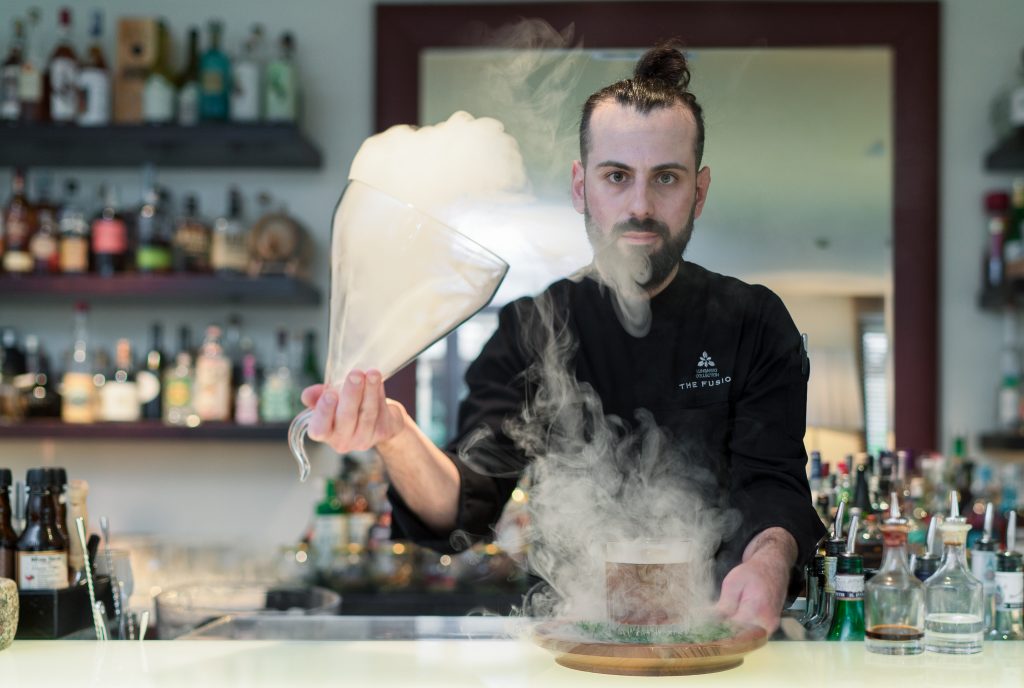
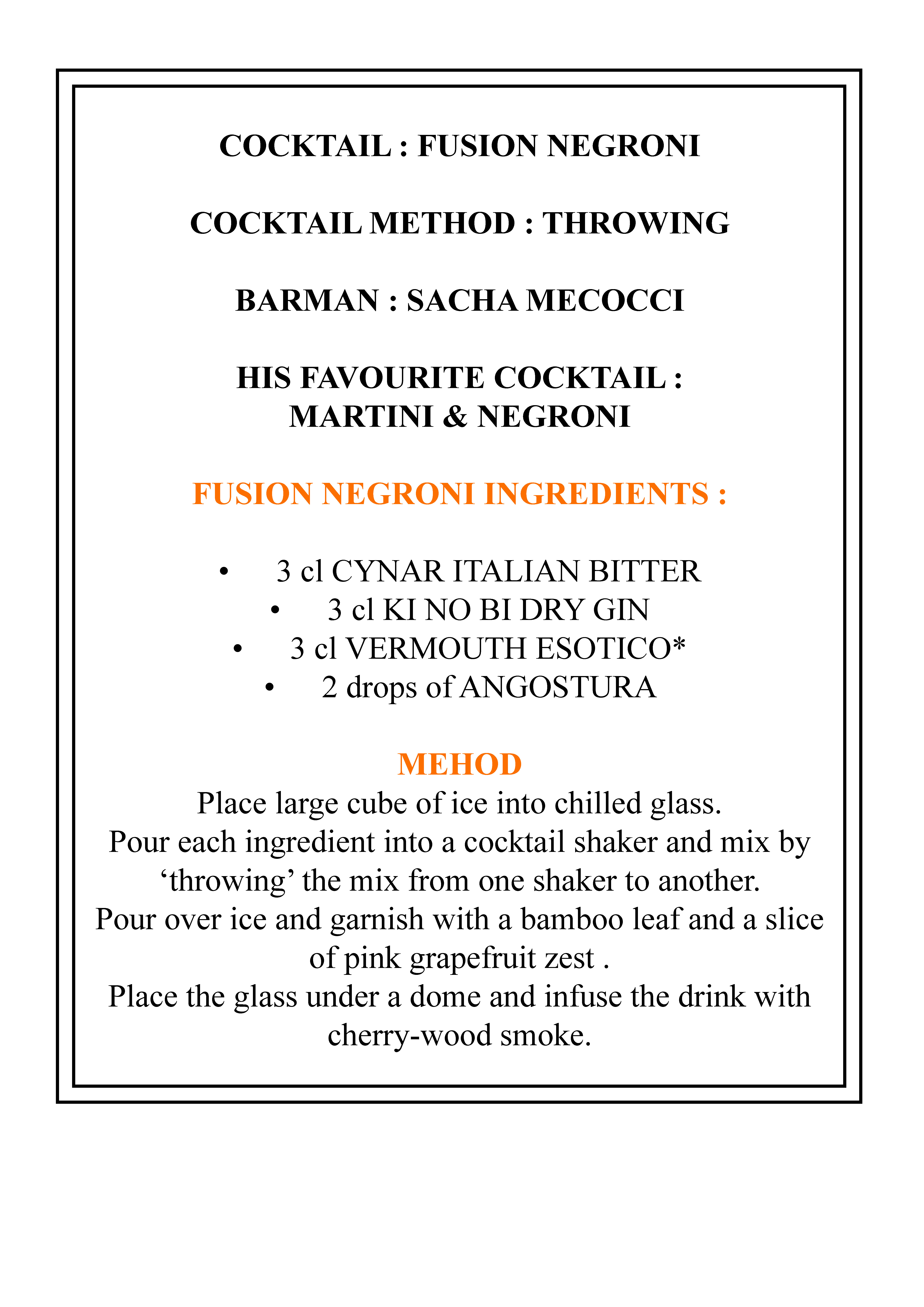

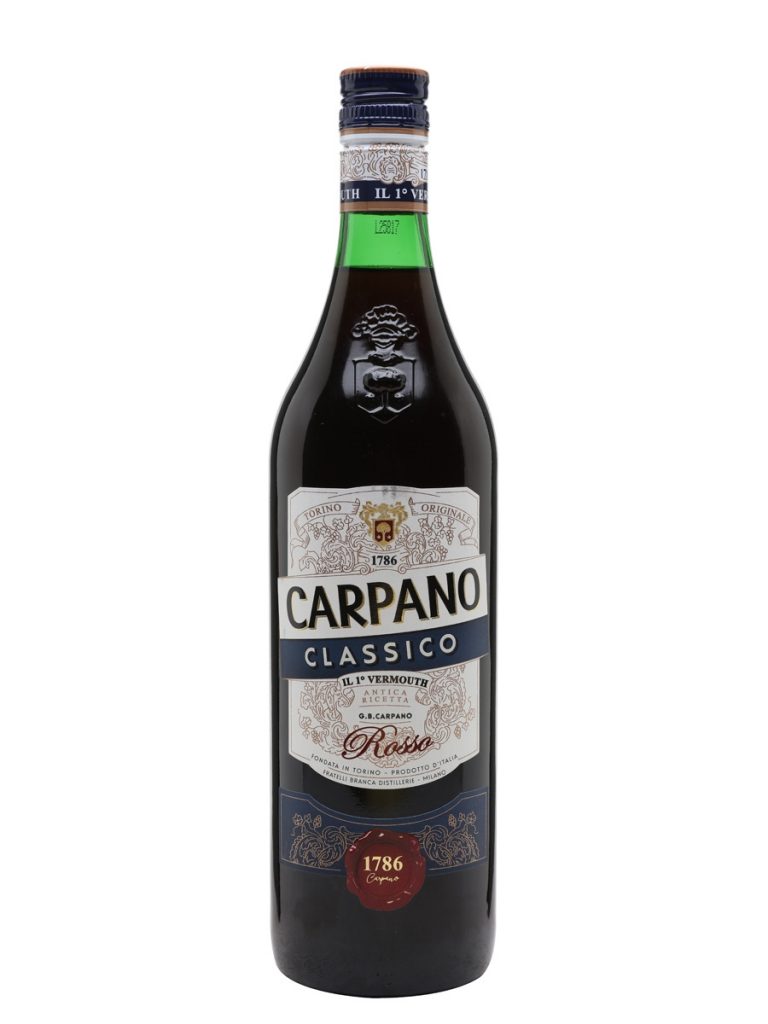
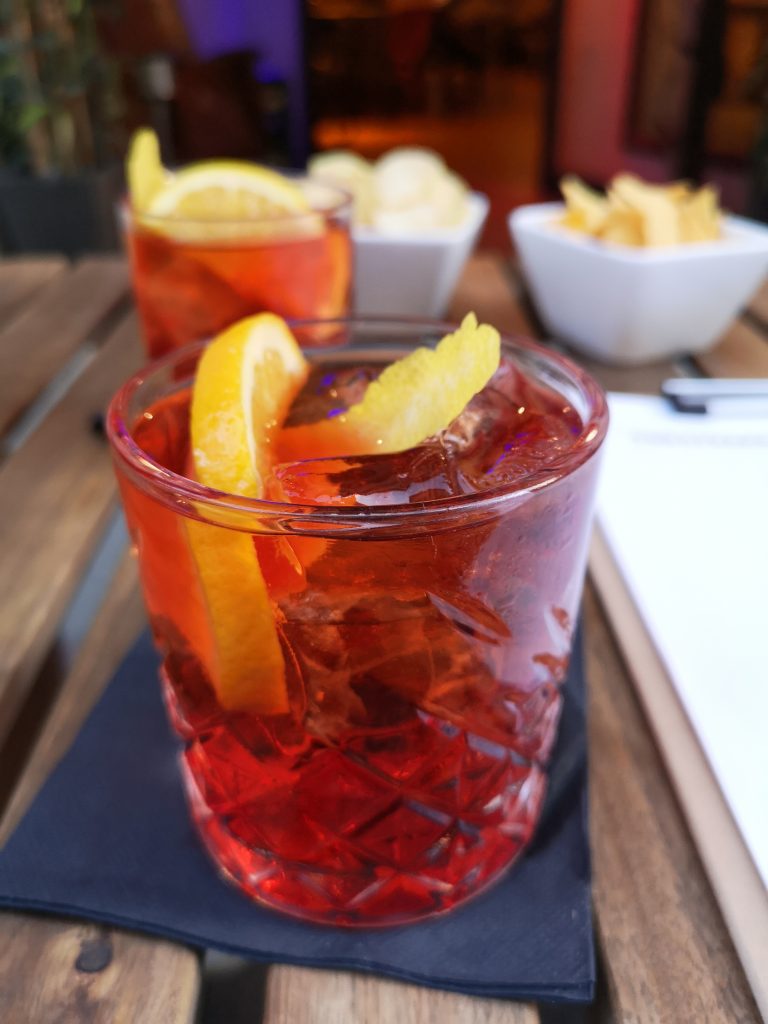
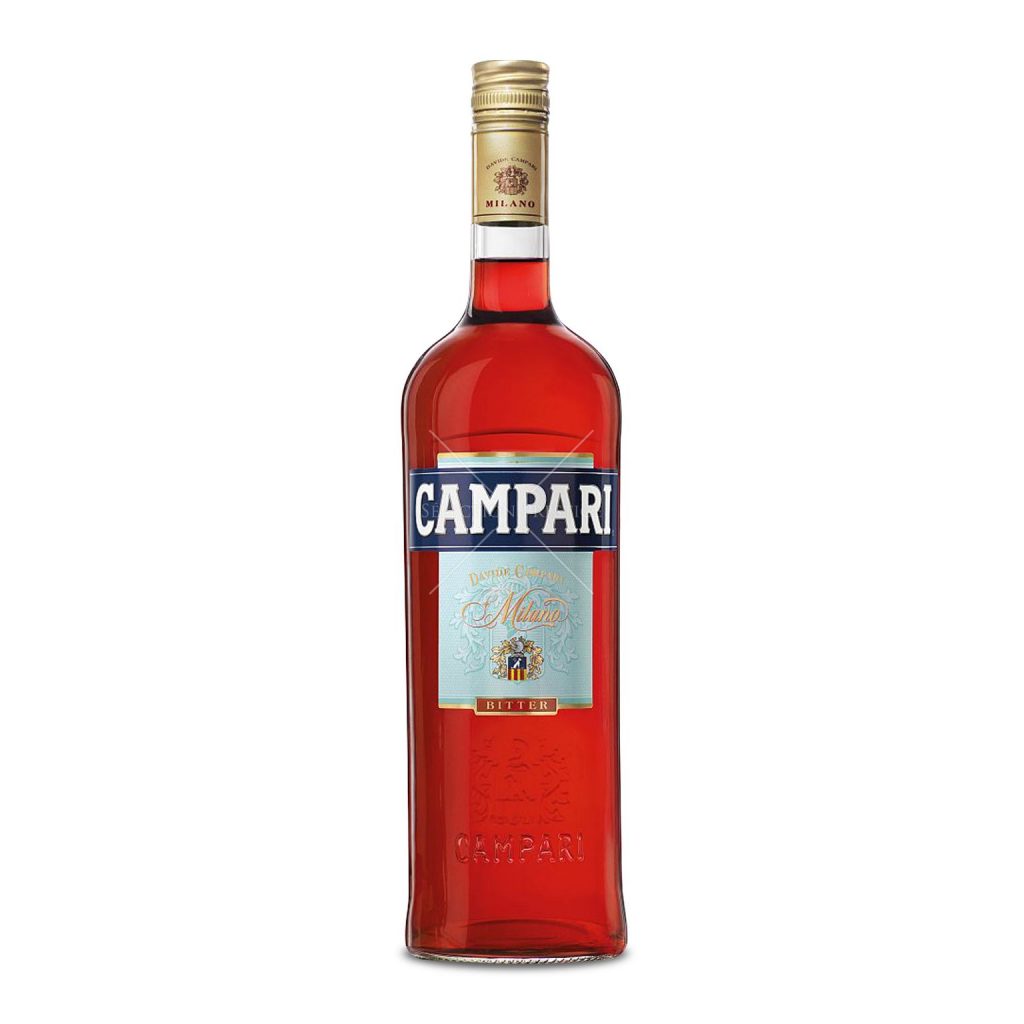
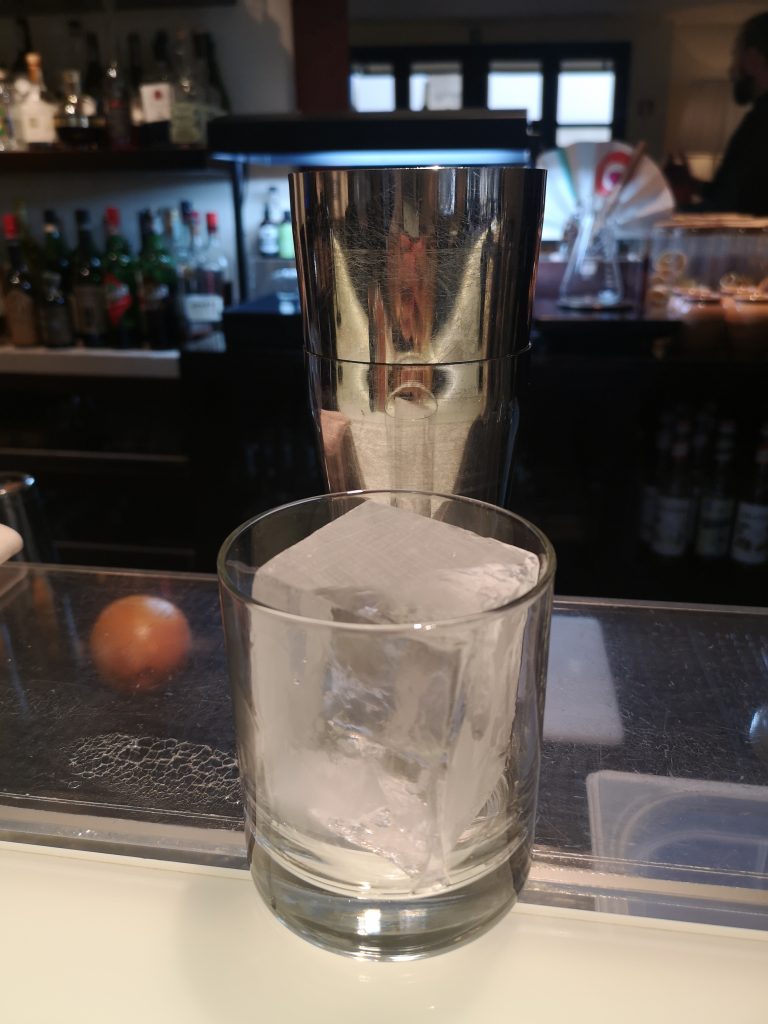
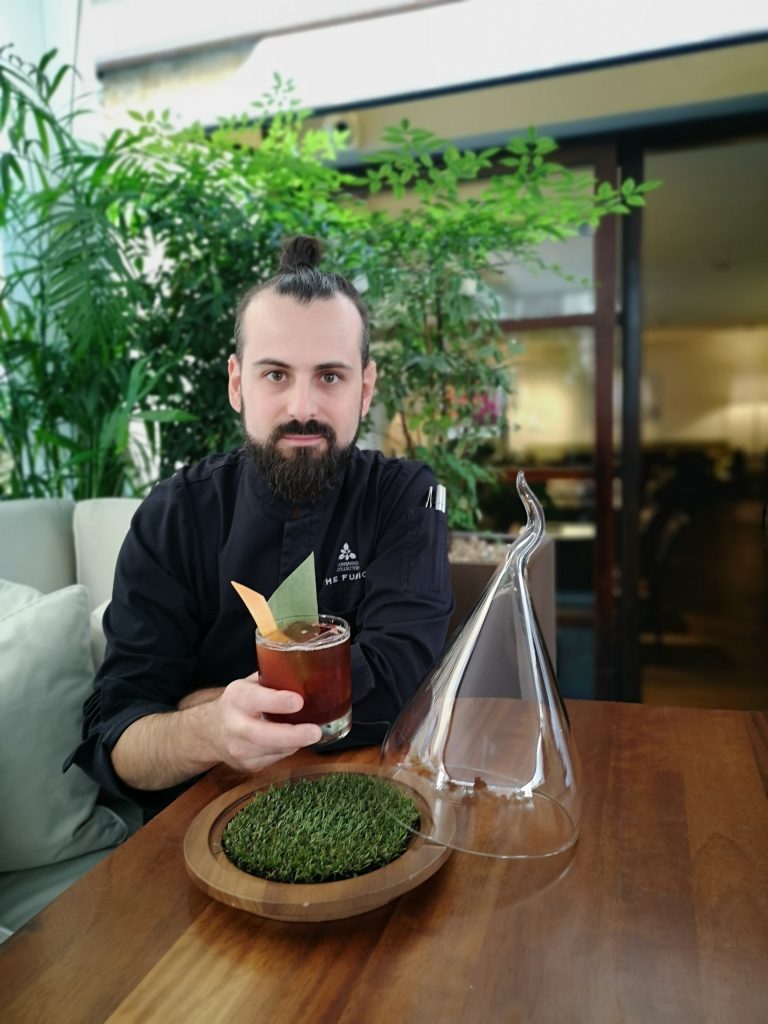
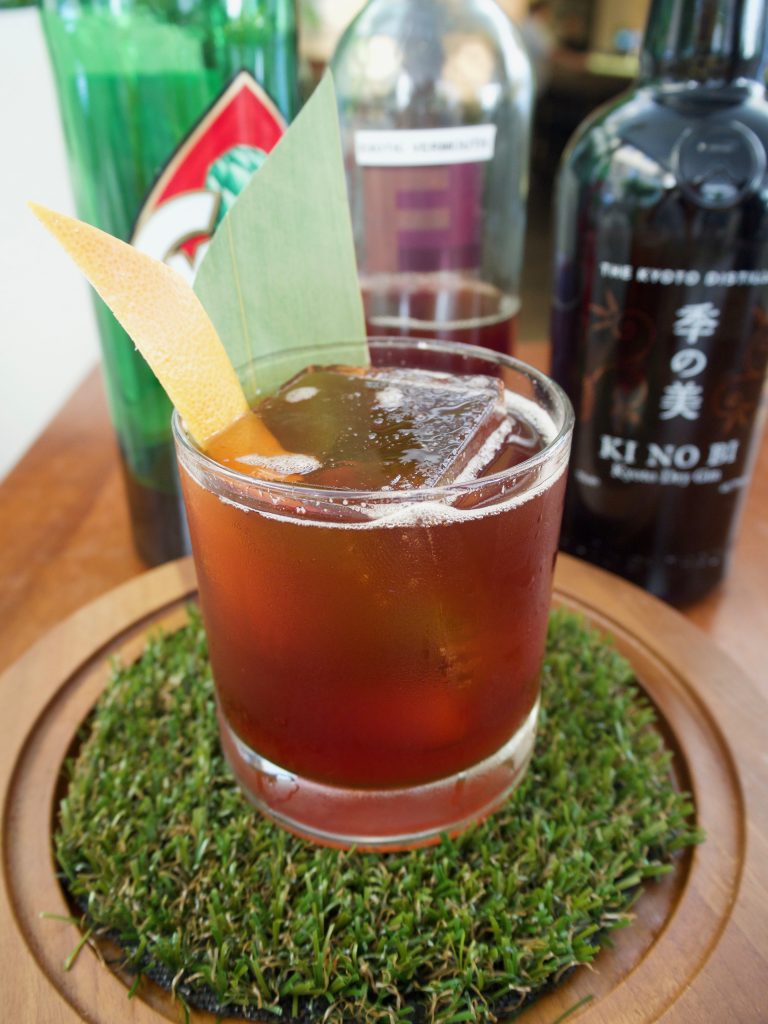
I’m late to the game regarding Negronis, but I gotta say – I love them! It’s my new fall/winter cocktail.
Hi Dean, I have to agree that Negroni was never my favourite cocktail either but over the years it has really grown on me and I prefer it to a Spritz any day now! Thanks for your comment!
Lisa